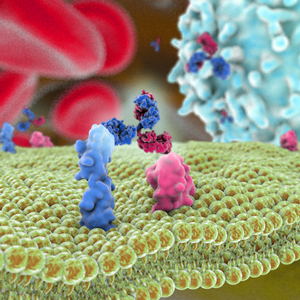The September AIRR-C seminar is fast approaching! On September 28th at 7:00 PST/10:00 EST/16:00 CET, Pieter Meysman of the University of Antwerp will be discussing the applications of TCR-epitope prediction models and Felix Drost of Helmholtz Munich will be discussing the prediction of T cell receptor functionality against mutant epitopes.
Register now! The seminar will last approximately 90 minutes.




